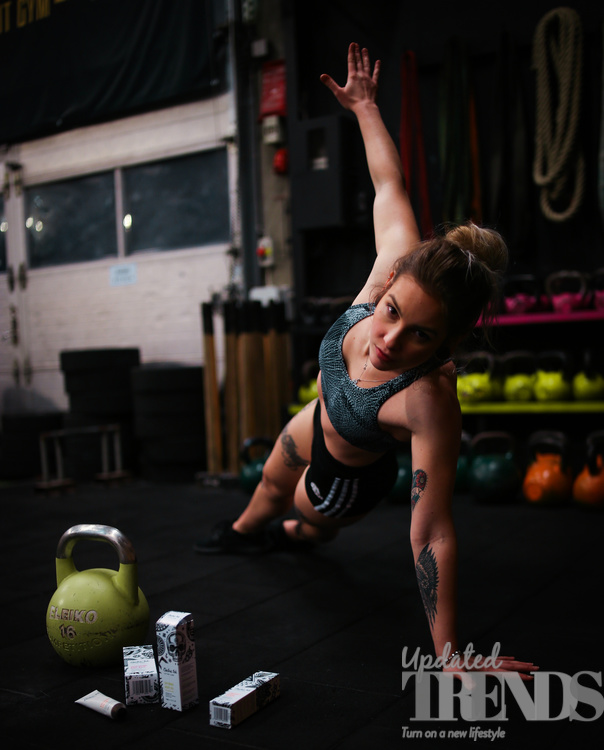Functional training is an important variant of exercise. As the word ‘function’ suggests that it is a training that has a purpose. It focuses on the movement patterns that have a purpose and it could be related to some of the everyday activities like squatting, walking, picking up things that are heavy or even preparing for a sport like tennis or football. Fitness studios these days are mandatorily adding a session for functional training that helps people to get stronger in terms of their everyday movement patterns. Here we will also be looking in to the benefits of including functional training in your regular exercise regime.
- Increases core strength – the process is gradual, but functional training is responsible to train the body as a unit and trains the body to engage the core in every exercise. Not engaging the core while working out can result in a risk of injury.
- Provides better stability – It can also be called as Balance training and one might imaging training on a balance board or half ball. But those are not much helpful on a routine basis. Functional training sessions help in enhancing real-world balance and stability. Lack of stability in the body leaves the joints at a risk for injury.
- Enhances movement – Such a training regime can help to improve mobility and overall strength of the body along with endurance. Some of the functional training exercises like lunges, squats, push and pull ups help in movement patterns. The person undergoing the regime will be able to perform well sports as well as routine life.
- Reduces risk of injury – Functional training increases core strength and stability in the body that eventually makes the person less prone to injuries.
Some of the effective functional training exercises that you could include in your session are step-ups, bear crawls, push-ups, squats, lunges, plank and steps-downs.
Photo Credits: Unsplash











